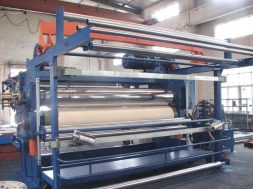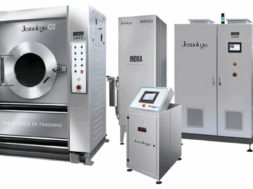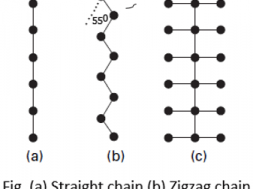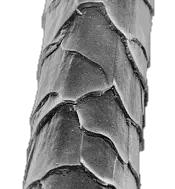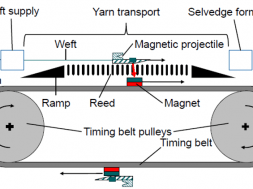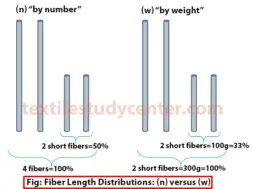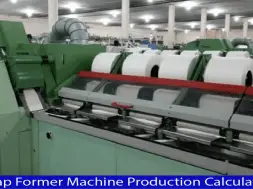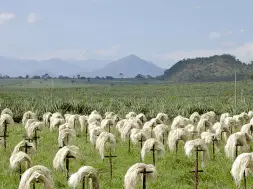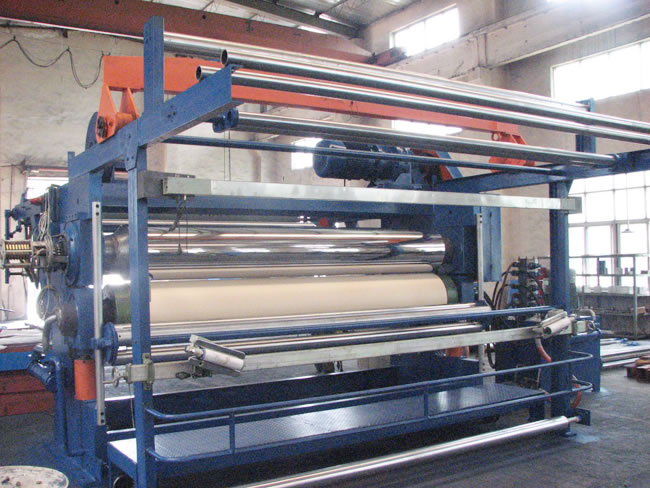
Types of Calenders in Textiles
454
0
Types of Calenders in Textiles
With the simultaneous action of temperature, force and moisture, the surface of the textile substrate are modified. This simultaneous action is called calendering. Calendering in textile may simply be achieved while passing the textile substrate in between two heated drums or rollers. The rotation speed and pressure of the heated drum may be varied according to the need.
There are different types of textile finishes. Among them calendaring is a mechanical finishing process.We can definitely beautify our fabric by calendaring.
The effect of calendering is achieved by ironing. Ironing makes the fabric crease free. Not only calendaring process makes the fabric crease-free but also it does a lot.

Different types of Calenders
- Swizzing calendar
- Chasing calender
- Compaction calender
- Embossing calender
- Friction calender
- Schreiner calender
1 . Swizzing Calender
- It is a British term
- Denote that fabric runs through all the nips and then either plaiting or batching
- Usually consists of 7-10 bowls
- All bowls rotate at same speed
- Softening and filling agents should be applied to produce lustre
- It gives close inter stiches, smooth appearance and gloss without high glaze (which we get from friction calender)
- Smoothness and lustre are increased with the increase of bowl temperature (150-180°C)
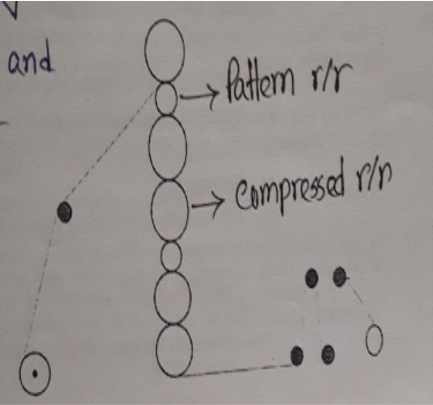
Advantages of Swizzing Calender
- Uniform calendaring is obtained
- Remove wrinkles and creases
- Smooth fabric surface can be obtained
- Very high glossy fabric is achieved
- No risk of displacing of fabric
2 . Chasing Calender
- It is similar with swizzing calender
- 5-7 rolls are needed & all of them rotate with same speed
- The major difference is “ the cloth makes several passage through the nips before it exits to a take-up roll
- The cloth is compressed as 5-6 layers being superimposed and entering into the nip again
- At this the weft of one layer will lie in between two adjacent wefts of the next layer and give additional pressure
- Roller pressure and this additional pressure soften the fabric and gives a linen appearance (soft feel)
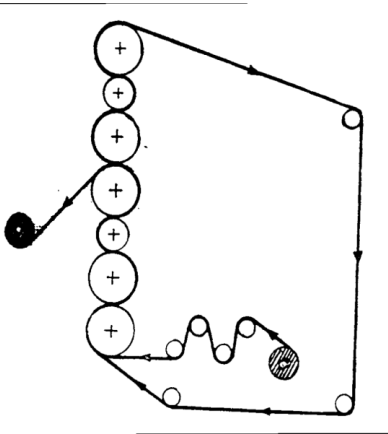
Advantages of Chasing Calender
- Gives very smooth linen appearance
- Produce soft handle
- More the fabric is passed, more the glazy appearance is achieved
- Removes wrinkles and creases
3 . Friction Calender
- Friction calender apply friction force to the face of the fabric
- Friction is done by driving the pattern roll faster (5-10%) than the support bowl
- Here, strong fabric is needed to withstand the strain
- Friction produces a high degree of lustre at one side and gets similar effect to ironing with hot air
- It is generally 3 bowl m/c
- Middle bowl is made with polished iron, heated and speed is more than its bottom roller
- Pressure between bottom two bowls are more depending on the amount of starch and moisture in the fabric, the starch deposited on the fabric varies
- If MC> 20%, starch sticks to bowl and if it is <15%, no lustre is produced
- Generally a friction calender runs at 31.5 m/min
- Highly lustrous, glossy surface, heavy closing up of threads, iron effect can be achieved
- It is mainly used for share, lungi, bed sheet etc
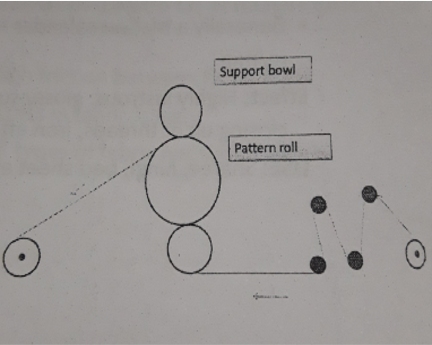
Advantages of Friction Calender
- Produce more smooth, glossy and higher lustrous appearance
- Fabric thickness reduced
- Heavy close up of threads
- Remove crease and wrinkles
- Suitable for finishing of highly glazed linings, prints etc
4 . Compaction Calender
- A compaction calender has an adjustable gap between the pattern roll and bowl
- Nip point between two rollers is controlled according to design to control thickness
Advantages of Compaction Calender
Produce filter media of certain thickness
5 . Embossing Calender
- A special type of calendaring machine
- Generally 2-3 bowls m/c
- Middle one is engraved according to design feature
- The other bowls are soft like cotton bowl so that it can accept the embossing pattern
- Diameter of metallic bowl is more than half (20 cm diameter) than the compressed bowl (60 cm diameter)
- Small roll provide sharper and a deep embossing effect
- Fabric is deformed according to definite design by pattern roller and both the rolls may be heated
- Used for thermoplastic fiber
- This finish may be temporary or permanent
- Raised design effect or pebble or crepe effect can be achieved
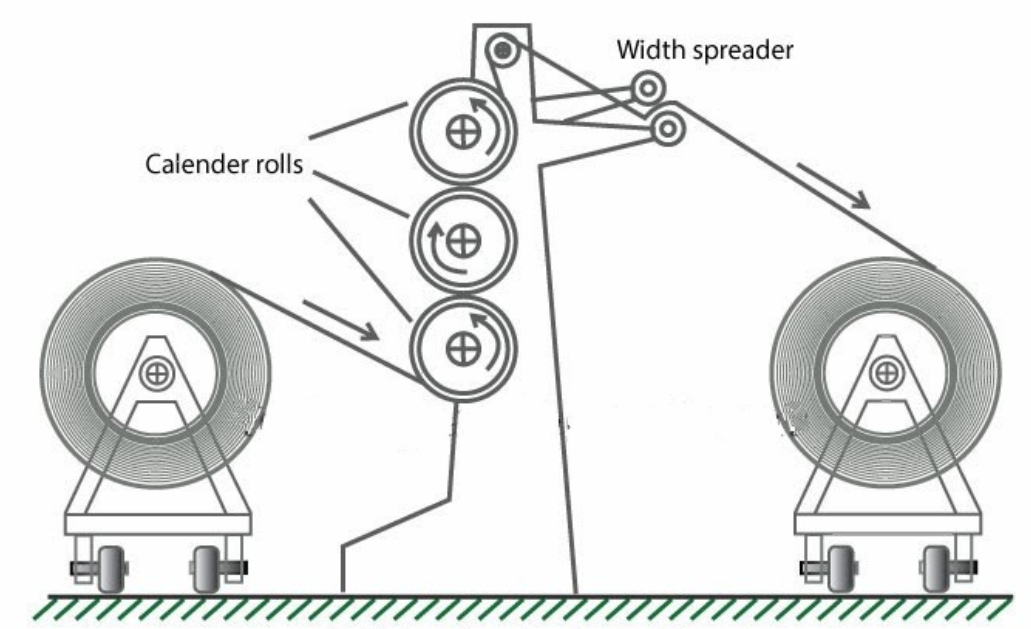
Advantages of Embossing Calender
- Crepe or pebble effect is produced
- Temporary or permanent effect may produce.
- Mercerized cotton with starch (semi-permanent finish) or resin (melamine resin) for permanent embossing finish.
- For thermoplastic fiber, this effect can only be achieved by 190-220°C temperature
- For acetate, 190-210°C is required.
- Due to smaller metallic bowl, it is cheap
6 . Schreiner Calender
- Cotton fabric is given a silk like brilliance through this process. This is operated on sateen, cotton linings and printed fabric
- A fine linen engraved pattern roller is used
- A soft lustrous handle can be achieved by choosing correct cloth construction and the correct linen direction of the engraving
- Approximately 250 to 350 lines per inch can be seen on schreiner steel bowl
- The cut lines may be rounder or sharp
- The cross-section of engraving is either a v-shape (high lustrous) or u-shape (low lustrous)
- Angle of the line 200-300°C
- 15-19% moisture content, 120-160°C temperature, 3.5-5 bar pressure and 2-10 m/min will give silk finish to cotton goods
Advantages of Schreiner Calender
- Gives silk like appearance to cotton
Calendering | Factors Effecting Calendering | Calendering Machine Construction
Types of Calenders in Textiles
Industrial Problems During Calendering & Troubleshooting
(454)
tags:
Advantages of Chasing Calender Advantages of Compaction Calender Advantages of Embossing Calender Advantages of Friction Calender Advantages of Schreiner Calender Advantages of Swizzing Calender Chasing Calender Compaction Calender Different types of Calenders Embossing Calender Friction Calender Schreiner Calender Swizzing Calender Types of Calenders in Textiles
